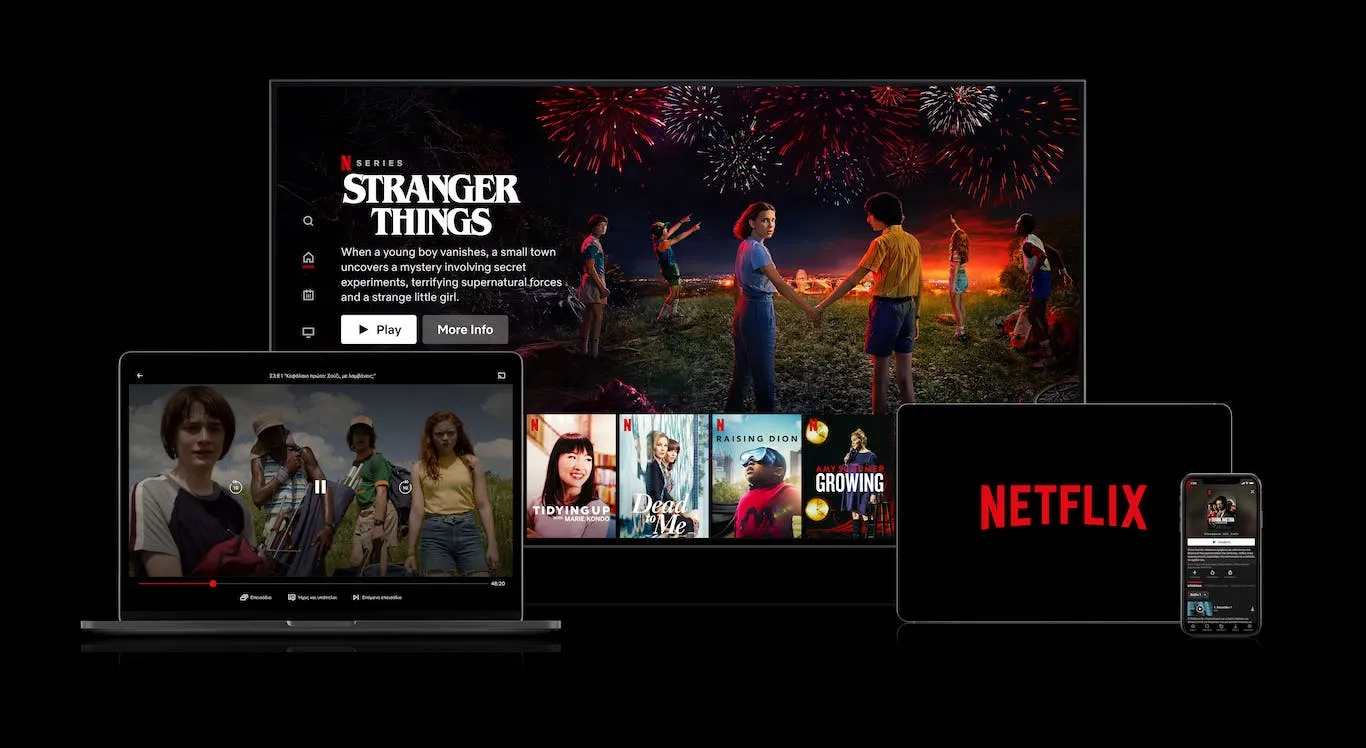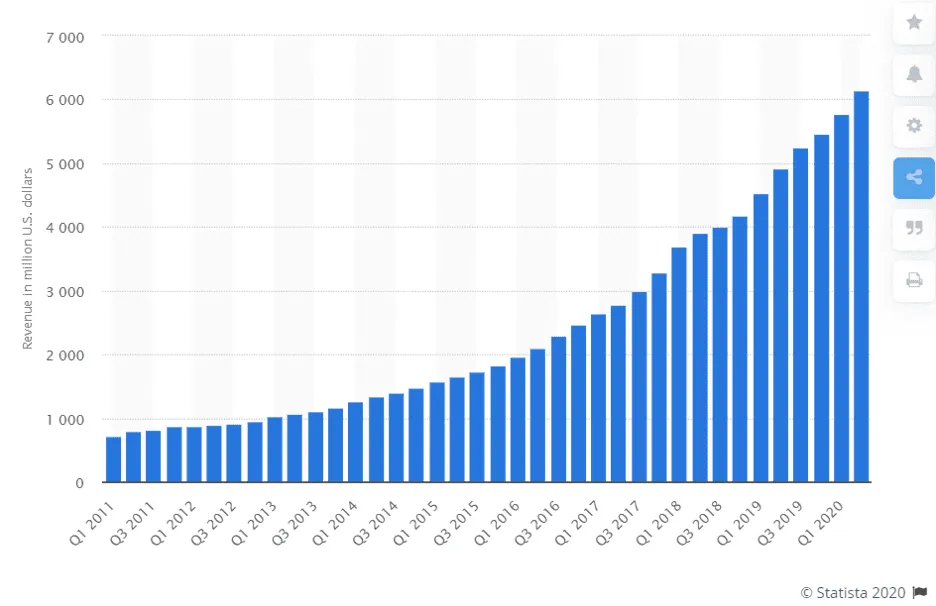Netflix (NASDAQ:NFLX)
Netflix reports third quarter earnings tomorrow, and investors are expecting 2.5 million additional subscribers in line with recent guidance. However, some analysts think this is an overcautious assessment and results could be much more encouraging.
After an acceleration in sign-ups at the start of the pandemic, new subscriber numbers have slowed. In its second quarter earnings report, it disappointed investors at the likelihood of 2.5 million new subscribers in Q3 because it’s such a massive drop from the 10 million in Q2 and 16 million in Q1.
In its July shareholder update Netflix explained it thinks the surge in earlier demand was probably pulling forward demand that would otherwise have come later in the year. So, if people didn’t sign up earlier in the year, they’re not likely to later in the year.
There’s also the increasing job losses to consider because if the unemployed are stuck at home, they’ll be more inclined to want to watch Netflix, but will they be able to afford it?

Image taken from Netflix Website
#Analysts remain bullish
According to Bloomberg, Wall Street believes Netflix is being overly conservative with its guidance, and analysts are expecting closer to 3.3 million new subscribers. Reasoning that many new sign-ups are forthcoming from regions newer to the streaming experience including Europe, Africa, Asia and the Middle East.
While this would be welcome news, it’s unlikely Netflix can continue growing its subscriber base exponentially. Existing subscribers cannot become new subscribers, and people do get fed up or want a change from time to time.
There was a backlash to content released on the platform in September. Namely ‘Cuties’ a French drama accused of sexualising children. This led to a record number of cancellations, but analysts believe this will be short-lived. The return of live sporting events could also pull subscribers away to other platforms, as will the reopening of society and school life. However, Netflix revenues are not expected to be drastically affected by falling numbers. Sales and revenue have been up year-on-year, and this should continue.

Image taken from Statista website
#Are price hikes inevitable?
Raising the price of its various streaming packages could rapidly increase revenues and profits. But then again, this may annoy subscribers and send them looking elsewhere. There are plenty of alternatives to choose from with Amazon Prime, HBO Max, Apple TV+, Disney +, Peacock and Hulu, to name a few.
It’s now 22 months since Netflix brought in a major US price increase. Pricing is understandably a hot topic, and that last big hike was announced three days before its earnings call. There has been no mention of a price increase so far, but Canada just raised its prices by a couple of dollars and ended free trials, further fuelling speculation on the same happening in the US. In July’s conference call, COO Greg Peters said it would consider macro factors on a country-by-country basis when planning price changes.
Bank of America analyst Nat Schindler raised the firm’s price target on Netflix to $670 from $575. He said he thinks the long-term outlook is “stronger than ever”.
Despite the uncertainty in the world, streaming is here to stay. While some competitors, such as Disney may pose a threat, there are still enough differences between the companies that will give Netflix an edge. Disney does not appeal to everyone, and Netflix remains one of the top options for compelling viewing and groundbreaking documentaries. It has something for every age and taste and is constantly working on strengthening its content. Even with a price hike, many loyal subscribers will be reluctant to give it up. The ongoing Covid-19 fears mean many people will forego outings for a night in. It remains a powerful company and one that should reward long-term shareholders.
